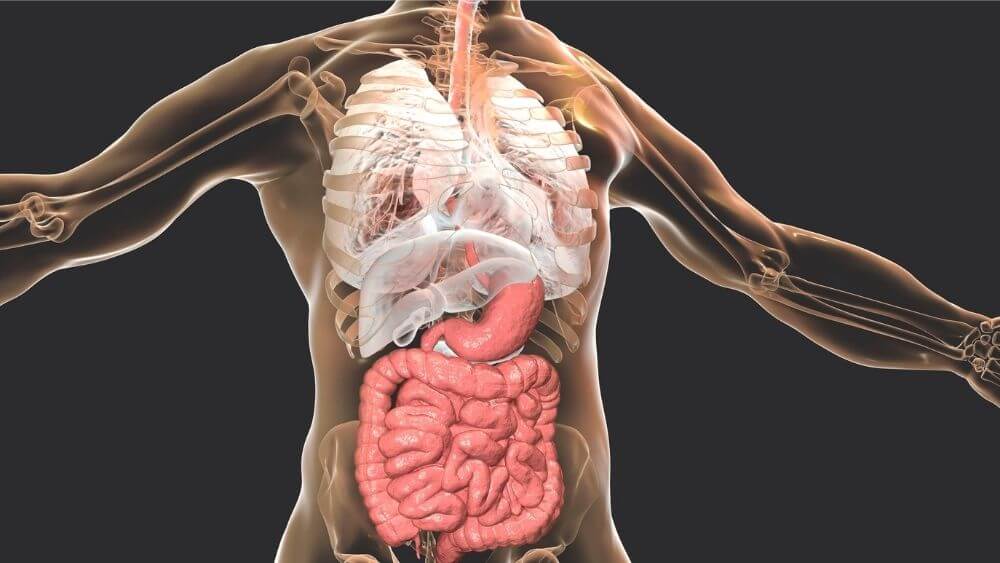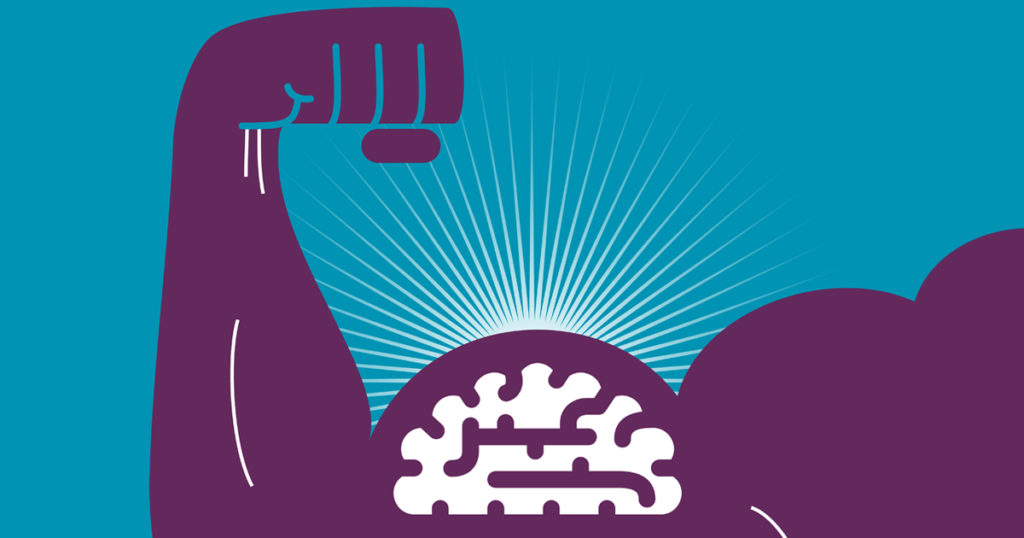What is the Largest Organ?

Exploring the Human Body: The Largest Organ
Exploration and discovery are habits that excite human life. In a vast habitual place like Earth, the spontaneity to find some interesting information and be enriched with its knowledge is massive. So, one must never be tired in the quest of uncovering, as it would be undoubtedly the most appropriate position of learning.
While speaking of discoveries, you may need not go far away for it, since it is one’s own human body that is the very abode of countless hidden facts worth knowing. Have you ever wondered that the body which we often catch a reflection of in the mirror is such an interesting and unique creation in itself?
Well, lets find out more over here.
Contents
The Human Body
The human body is a very complex structure, and is a very innovative system at work. It consists of as small components like cells and as huge components like the organs themselves. The total synchronised functioning of all these make the human body work entirely. So what all is there in the body? Is is just what we see from the outside when we see ourselves in the mirror, or is there something more than that?
Certainly, the human body has multiple parts, each of varying size and are responsible for functioning several different functions.
It is wonderful to note that the human body being such complex yet meticulously built, however the fundamental part of the human body is a cell. Hence the human body can also be understood as a systematic arrangement of cells grouped together. Without cell formation, the human life is not possible.
This very study of the human body is known as ‘Human Anatomy‘.
The Organ Systems
Next, we have the organ systems which include the family of organs responsible for carrying out specific roles in the body. So for instance, when we speak of the nervous system, this entire system functions as the communicator in the body; as it helps transfer messages/responses/sensations from one part of the body to another.
Therefore, the most important organ in this system is the brain, since it acts as the principal controller of all functions taking place. Then we have the spinal cord and all the nerves which become the source through which these messages travel.
Similarly, we have other systems and so are the organs divided into different functioning systems. In totality, the human body has about 78 organs that are divided into 11 essential organ systems.
The human organ systems are as follows:
- Circulatory System: Heart, Arteries and Veins
- Digestive/Excretory System: Mouth, Food Pipe, Stomach and Intestines
- Endocrine System: Glands and Hormone Organs
- Exocrine System: Glands with exterior ducts (such as nails, sweat, tears, etc.)
- Immune System: White Blood Cells, Spleen. Bone Marrow, Thymus, Anti-Bodies and Lymph
- Muscular Systems: Skeletal, Cardiac and Smooth Muscles
- Nervous System: Spinal Cord, Brain, Sensory Organs, Arteries and Veins
- Renal System: Kidney, Urinary Bladder. Urethra, Ureters
- Respiratory System: Lungs, Nose, Mouth, Throat and Wind Pipe
- Skeletal System: Head, Vertebral Column and Thorax
- Reproductive System: Reproductive Organs
Comparing Organs: Importance V/s Size
With so many organs at work at the same time, one may ask as to which organ is the most important, and which is the largest organ in the human body?
The factor of importance is not an adequate way of differentiating among the organs of the human body, since we know that it is a collaborative function and every organ has to work simultaneously together to make the human being work at all. The failure of one organ will lead to complete collapse of many other organs as well.
For instance, in a family it is impossible to differentiate as to which member is the most important, since every individual is important and equally loved and cherished.
However, the size is a property which can be helpful in distinguishing between organs. The human organs are of varying sizes and structures, carrying out different functions. While the cell is the smallest component in the human body, the largest organ is the human body is the Skin.
Skin
In most basic terms, skin is the exterior most surface of the human body. It is composed of soft and rather flexible tissues and covers the entire body uniformly. Being the largest organ of the human body, it weighs about 4 kilograms (9 lb). It is spread in an area of about 20 square feet.
It acts like a protective covering by blocking dirt, germs and harmful UV rays of the sun to harm the interiors of the body directly. The skin also contains minute pores on its surface which act as sweat releasing ducts that help maintain the temperature of the body to a healthy rate and also regulate moisture content of the body.
The skin which we can easily see on our body has multiple layers below it, each serving a special utility. The different skin pigment which we usually see on people are a result of the pigment called melanin created by the special cells called melanocytes. It is also an essential sensory organ, and can quickly detect temperature changes by mere touch.
Fun Facts
- After the skin, the liver is the heaviest organ in the body
- Human beings are the only species having chins! Hurray! Its time to love your double chins as well!
- There are so many number of blood vessels in the body that if joined together, they would measure up to a distance of about 60,000 miles! Just imagine how far one could travel in that distance!
- The human skin is around 15% of the person’s total weight! So the next time you calculate your weight, make sure you know its components thoroughly!
- Skin gets its color from a pigment called melanin.
Related Questions
- Is there any organ at all, that is of least importance?
- How is there only one controller of the human body, i.e. the brain? What happens if it does not work properly?
True or False
- Humans are able to shed off their skin after a certain point. (True/False)
- Heart and brain both do not have to work simultaneously, only either has to do at a time. (True/False)
- Blood is the most thinnest liquid. (True/False)
- Lungs are the primary organ for the respiratory system. (True/False)
- Heart has four chambers. (True/False)
Now, try and answer this short quiz and test your hold on the study of human anatomy:
[quiz-cat id=”23918″]






Responses